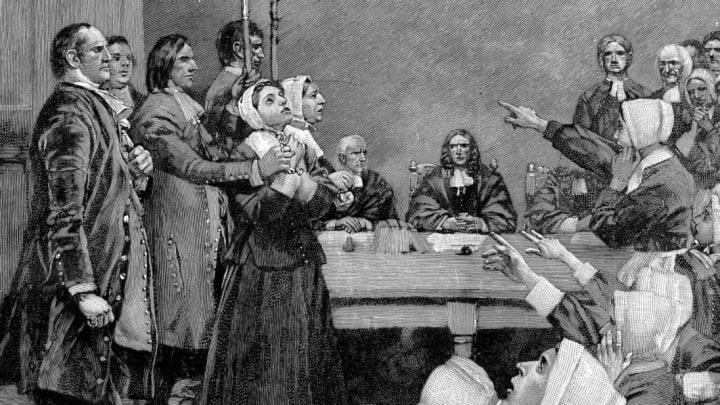Explore Scotland’s Witch Hunts With This Interactive Map

Ever wished that all the information on Scottish witch hunts was compiled into one convenient, interactive map that you could explore at your leisure? Your wish just came true, courtesy of some diligent researchers at the University of Edinburgh.
According to Smithsonian.com, the map combines data from a previous project called the Survey of Scottish Witchcraft with new findings from historical records, and covers 3141 cases of witchcraft from the 16th through the 18th centuries. For some cases, all we know is the alleged witch’s name and place of residence, but others contain a wealth of detail that sheds light on both the process of witch hunting and the rationale behind the persecution.
A few events fueled the rampant suspicion and prosecution of so-called witches during that time period. In 1563, the Scottish parliament passed an act that proclaimed witchcraft a capital offense. In the following decades, King James VI ardently encouraged witch-hunting, and even wrote a treatise advocating for strong prosecution of purported witches.
When you look at the cases themselves, many of the magical accusations are vague at best, and mixed in with relatively normal behavior. Isobel Young, for example, supposedly exhibited “odd magical characteristics,” along with “patterns of verbal and sometimes physical aggression.” And healer Janet Boyman was charged with “[appealing] to elvish spirits in hopes of curing a sick man,” and also gave birth to five children without feeling any pain.
Though some of the cases do involve male defendants, most of the victims were women, which historian Steven Katz attributes to “the enduring grotesque fears” of women’s “abilities to control men and thereby coerce, for their own ends, male-dominated Christian society.”
In addition to showing just how prevalent witch hunts were across Scotland, the map also serves as a way to spotlight these often overlooked stories of injustice.
“There is a very strong feeling out there that not enough has been done to inform people about the women who were accused of being witches in Scotland,” Ewan McAndrew, Wikimedian in Residence at the University of Edinburgh, told The Scotsman. “Being able to plot these on a map really brings it home.”
Would you have qualified as a witch in the 1600s? Find out here.
[h/t Smithsonian.com]